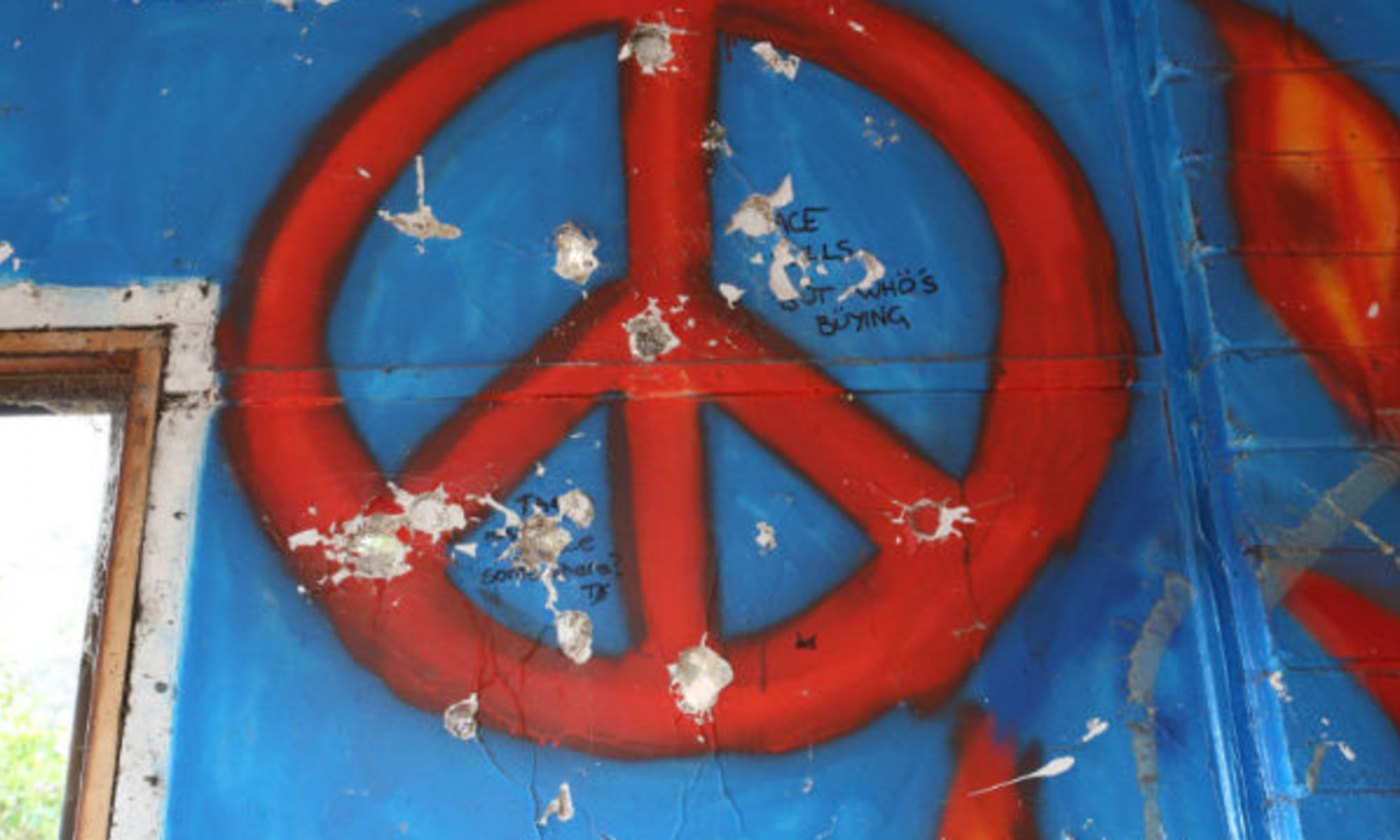By Óscar Cejudo Corbalán

I recently spent over two months in Beijing and during that time I lived in two apartments (and looked at several others before renting those ones.) It quickly called my attention (my architectural lenses) that all of them were lacking a living room, a space where home mates could interact and establish relationships.
Similarly, although in a bigger scale, living here in Monterey, California, it is very noticeable to me how public spaces are not usually used as spaces of simple interactions and bonding, but as means to an end. This end could be moving from point A to point B, buying food on Tuesdays in the farmer’s market, walking your dog, or looking at cute sea otters in the bay, but it rarely means just sit and chat.
Having physical spaces to share and bond (whether it is at home or at the urban scale) will potentially improve the sense of community among people. This is especially vital in conflict contexts (I have just written a blog about the importance of building relationships among parties in peacebuilding for transforming conflict.) Human beings coexist in physical spaces, and it will be in these ones where relationships can be strengthened, or damaged (there are many virtual spaces nowadays that could also serve the function of create relationships in these contexts, but that is not what I want to talk about here.)
As we learnt during Guntram Herb’s session, there is a link between conflict and space (since conflict understood as war is usually a contestation over space), but most importantly there is a link between space and peacebuilding, since the former could be the facilitator (or disruptor) for reconciliation.
Space is around us; it transmits feelings and meanings to the people that use them; it can provide security, sense of belonging, identity and recognition; it can be the platform where relationships are strengthened and conflict is transformed. In societies torn by conflict, space has a key role to play, especially to me the everyday spaces and the spatial barriers have a huge potential to foster reconciliation.
These everyday spaces, as I understood them, are the ones we use regularly without stopping to think about them. It can be markets, places where we collect water, or even the streets we walk daily. Paying attention to how we configure these spaces in post-conflict settings can change completely the way we do peacebuilding. People from all parties involved in the conflict have to make use of them, so this is a great opportunity to design with the mind focused on making the space as conducive as possible for human relations and peace.
In the opposite side of the spectrum spatial barriers represent division (cause and consequence of the conflict.) Sadly, there are many examples of these spatial barriers: the Berlin wall, the green line in Beirut, the peace walls in Belfast, etc. They are urban scars that symbolize one of the worst faces of conflict. For this matter, I think they have this great potential to be a cohesive symbol if we can revert the collective meaning of these scars.
We can already find examples of these types of interventions. Going back to the peace walls in Belfast, a scar which negative connotations are still very alive, there has already been micro interventions in few parts of the wall to revert the divisive meaning. A door in Alexandra Park (a park that was divided by the wall) and a small community garden in a space opened in the wall are two of these examples.
However, we need to be cautious of who is shaping these spaces and who is in control. In order to achieve spaces that can function as facilitators we need to make them inclusive, otherwise we will still present barriers to certain groups of people that will be therefore excluded from the exercise of building collective and peaceful meaning from the spaces they share. The opportunity is out there, in every inch of space that surrounds us, we just need to pay attention and see it.
I studied architecture and I have always said that (as it happens to everyone with any other studies or subject of interest) this developed certain lenses that changed the way I saw the world. I see the architecture (or lack of it) around me and I am unconsciously analyzing it: light, orientation, distribution of spaces, connections, materials, intentionality, etc. Now that I am studying peace and conflict, it seems that I will be able to merge both lenses and look at spaces as potential (or unconducive) spaces for reconciliation.


